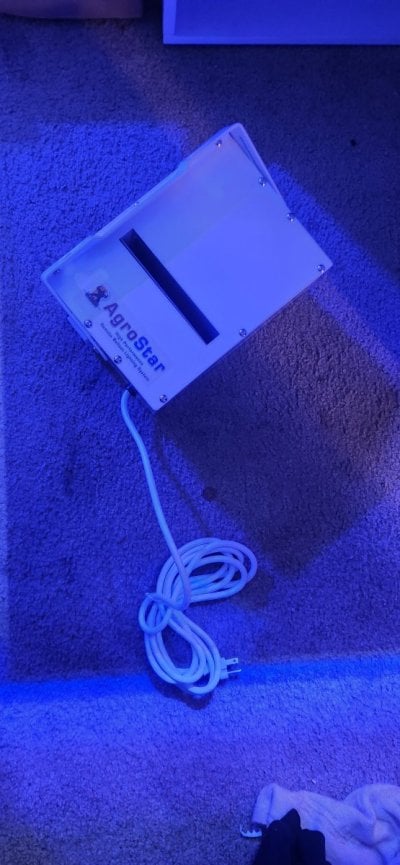Any chance you have one of the 400w ballasts and opened it up to see what lives inside?Of course, Here is the info. This is the ballast that works great for both 250W 20k Reef Bright Bulbs and 250w 20k Radium bulbs (both bulbs I have on hand to test)
Label on Ballast S50 internals (In the Grow industry a magnetic ballast rated for high pressure sodium HPS bulbs are the ballast we want)
Again here is a link to this ballast $25
They Also have a 400w version of this ballast $69 and I might pick up 3 of those as well to keep on hand. here is that link
AgroStar 400w HPS Ballast | HTG Supply Hydroponics & Grow Lights
The AgroStar 400 Watt High Pressure Sodium ballast is manufactured by High Yield Lighting, a leading manufacturer of horticultural lighting fixtures and bulbs. It features high-quality components as well as an efficient design to ensure optimal performance in the indoor garden. Electrical...www.htgsupply.com

Inside shot of the internals:


Powering a Reef Bright 200w 20k Bulb without issue

Powering up a Radium 250w 20k Bulb without issue

Below is the ballast not to get its the M58 and did not power these bulbs here is that link
AgroStar 250w MH Ballast | HTG Supply
Shop our AgroStar inventory for a selection of lighting ballasts that suit your needs. HTG Supply has optimal ballasts for your next project. Get one today!www.htgsupply.com

Hopefully this helps
Paul

























